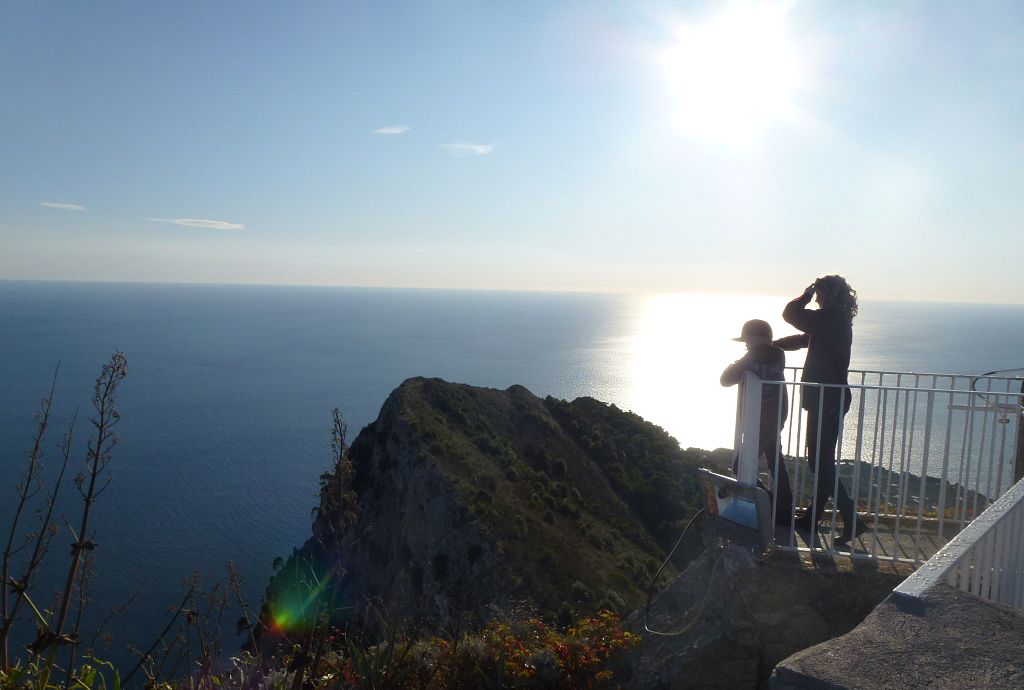Understanding your many selves: big and little

In an earlier blog, I talked about the Expanding and Compressing leaders: those folks in whose company we become our biggest or our smallest selves. I’d like to spend some time over the next few blogs exploring this idea in more depth.
See, I’m working with an organisation in the middle of an organisational review (actually, about half of my clients are in the middle of an organisational review), and people there have noticed that the stress and pressure of the review seems to create compressing forces: people are their smaller selves more often.
What is this smaller self? As far as I can tell, we all have this self. You probably can recognize it in yourself and you probably could remember some recent time your smaller-self showed up. Generally, the small you shows up in times of stress or threat. This is the part of us that is self-focused, often with something of a victim stance, and tends to ruminate on the ways we have to defend something precious to us. The smaller self loses track of the larger We, sacrificing Us-ness for a tighter circle (my family, my team, my division) which can often get pitted against some other They (the senior leadership team, my boss, those who might be competing for my job). The smaller self uses the language of poor me, and often feels powerless to make a change. Caught up in defending something that you fear you may lose, your smaller self loses track of the future or the ways you might create that future.
It is your biggest self, in contrast, that makes that new future possible. Your biggest self holds on to a vision for a better future and then figures out how to make it come true. Your biggest self-orients to a larger We—our organisation, our community, our planet. Your biggest self has the space to be creative and compassionate, to work with others to build a new set of approaches.
Which one of those selves would you want to show up at your next meeting? Perhaps as importantly, which one of those selves would you want to show up at the next reorganization announcement?
The thing is, both those people are probably you—one a more mature version of you, and the other a more frightened and young version of you. The question is how do you lead one to emerge and soothe the other one into a quieter place?
Over the next days, pay attention to the ways the bigger and smaller you emerges automatically—what are the contexts that bring those different selves into being? And I’ll be back with some of my ideas about how leaders can access the bigness in themselves—and bring it out in other people.
Subscribe via Email